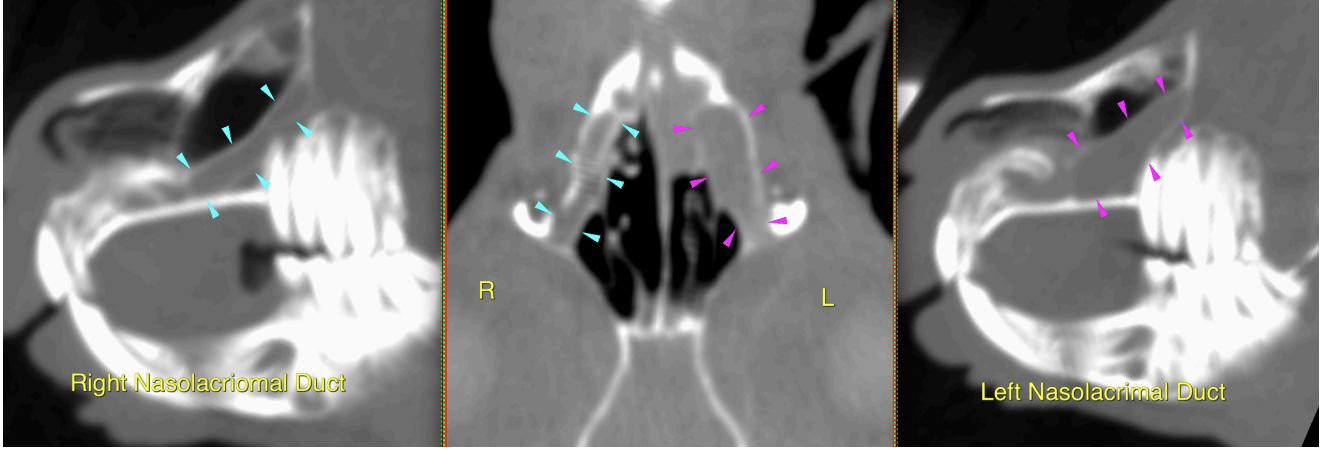Idiopathic epilepsy normally presents certain characteristics:
- It occurs in patients between 6 months and 6 years of age
- Patients present with normal inter-ictal physical and neurological examination findings.
- Reactive and structural causes of seizures have been ruled out
Based on the Epilepsy Task Force from 2015 (Berendt M, et al, 2015), there are 3 different tiers of evidence to diagnose idiopathic epilepsy. The tiers demonstrate confidence in the diagnosis, with Tier 1 lowest confidence to Tier III highest confidence. Tier 1 mainly relies on the history and basic diagnostics, Tier II adds more specific investigations to rule in/out structural and metabolic causes, and Tier III includes a specific neurodiagnostic test (EEG) to confirm seizure activity.
Tier I:
- Two or more unprovoked epileptic seizures occurring at least 24 h apart
- Age at epileptic seizure onset between 6 months and 6 years
- Unremarkable inter-ictal physical and neurological examination
- Unremarkable minimum data-based blood tests: complete blood cell count, serum biochemistry profile (sodium, potassium, chloride, calcium, phosphate, alanine aminotransferase, alkaline phosphatise, total bilirubin, urea, creatinine, total protein, albumin, glucose, cholesterol, triglycerides, and fasting bile acids and/or ammonia)
- Urinalysis, which includes specific gravity, protein, glucose, pH, and sediment cytology
Tier II:
- Tier I criteria plus
- Fasting and post-prandial bile acids
- Brain Magnetic resonance imaging (MRI)
- Cerebrospinal fluid analysis (CSF)
Tier III
- Tier II criteria plus
- Identification of ictal or inter-ictal electroencephalogram (EEG) abnormalities characteristic for seizures disorders
Treatment for idiopathic epilepsy in small animals
Antiepileptic treatment for idiopathic epilepsy should be started when:
- Interictal period of ≤ 6 months (2 or more epileptic seizures within a 6-month period)
- The patient has had status epilepticus or cluster seizures (even if only 1 or if it was the first event)
- The postictal signs are considered especially severe (e.g. aggression, blindness) or last longer than 24 hours
- The epileptic seizure frequency and/or duration is increasing and/or seizure severity is deteriorating over 3 interictal periods
Once the treatment is started it is likely to be a life-long treatment.
Based on their efficacy and quality of evidence, the pyramid of hierarchy describing the different antiepileptic drugs is:
- First line: Phenobarbital or Imepitoin
- Second line: Potassium bromide
- Third line: Levetiracetam
- Fourth line: Zonisamide and other drugs
Most common treatment drugs for idiopathic epilepsy:
- Phenobarbital: the most traditional drug used as antiepileptic medication in small animals. Recommended dose to start with is: 2.5 mg/kg every 12 hours. Serum levels should be checked within 2 weeks of starting treatment or changing dose. The recommended serum concentration to maintain is 20-35 ug/ml. Most common side effects: polyuria, polydipsia, polyphagia, sedation, ataxia and increased liver enzymes. Risk of liver damage.
- Imepitoin: Licensed only for idiopathic epilepsy and for animals without status or cluster seizures. Recommended dose: 10-30 mg/kg every 12 hours. No need to monitor serum levels. Most common side effects: sedation, polyuria, polydipsia, polyphagia and transient hyperactivity.
- Potassium bromide: Used as monotherapy or in combination with phenobarbital. Recommended dose: 20-35 mg/kg every 24 hours (or divided twice daily). Serum levels should be checked 3 months after starting treatment. Most common side effects: ataxia, sedation, vomiting, polyuria, polydipsia, polyphagia, pruritic skin rash. Can cause a spurious elevation in serum chloride concentration. Potassium bromide should not be used in cats as it can cause fatal bronchial asthma. Use with caution in dogs with renal insufficiency.
- Levetiracetam: most commonly used to stop clusters and status epilepticus. Recommended dose: 20-30 mg/kg every 8 hours (dose might need to be higher if the patient is also on Phenobarbitone). No need to check serum levels. Most common side effects: sedation and ataxia. No hepatic metabolism. Hence, it is recommended for dogs with liver diseases
Other treatments such as diets, supplements (oils), or electrical stimulations to the brain and vagus nerve have some evidence to be used as supplementary treatment in refractory patients.
Prognosis for idiopathic epilepsy
The majority of patients diagnosed with idiopathic epilepsy can have a good quality of life. However, approximately 20% of the animals are refractory to treatment. In those cases especially, quality of life of the patients and their owners could be significantly impacted by this disease. Veterinary professionals, family and friends and epilepsy support groups could help to improve the quality of life of these patients by integrating care.
References
- Berendt M, Farquhar RG, Mandigers PJ, et al. International veterinary epilepsy task force consensus report on epilepsy definition, classification and terminology in companion animals.BMC Vet Res. 2015 Aug 28;11:182. doi: 10.1186/s12917-015-0461-2.
- De Risio L, Bhatti S, Muñana K, et al. International veterinary epilepsy task force consensus proposal: diagnostic approach to epilepsy in dogs. BMC Vet Res. 2015 Aug 28;11:148. doi: 10.1186/s12917-015-0462-1.
- Bhatti SF, De Risio L, Muñana K, et al. International Veterinary Epilepsy Task Force consensus proposal: medical treatment of canine epilepsy in Europe.BMC Vet Res. 2015 Aug 28;11:176. doi: 10.1186/s12917-015-0464-z.
- Volk, H.A. International Veterinary Epilepsy Task Force consensus reports on epilepsy definition, classification and terminology, affected dog breeds, diagnosis, treatment, outcome measures of therapeutic trials, neuroimaging and neuropathology in companion animals. BMC Vet Res 11, 174 (2015). https://doi.org/10.1186/s12917-015-0460-3





